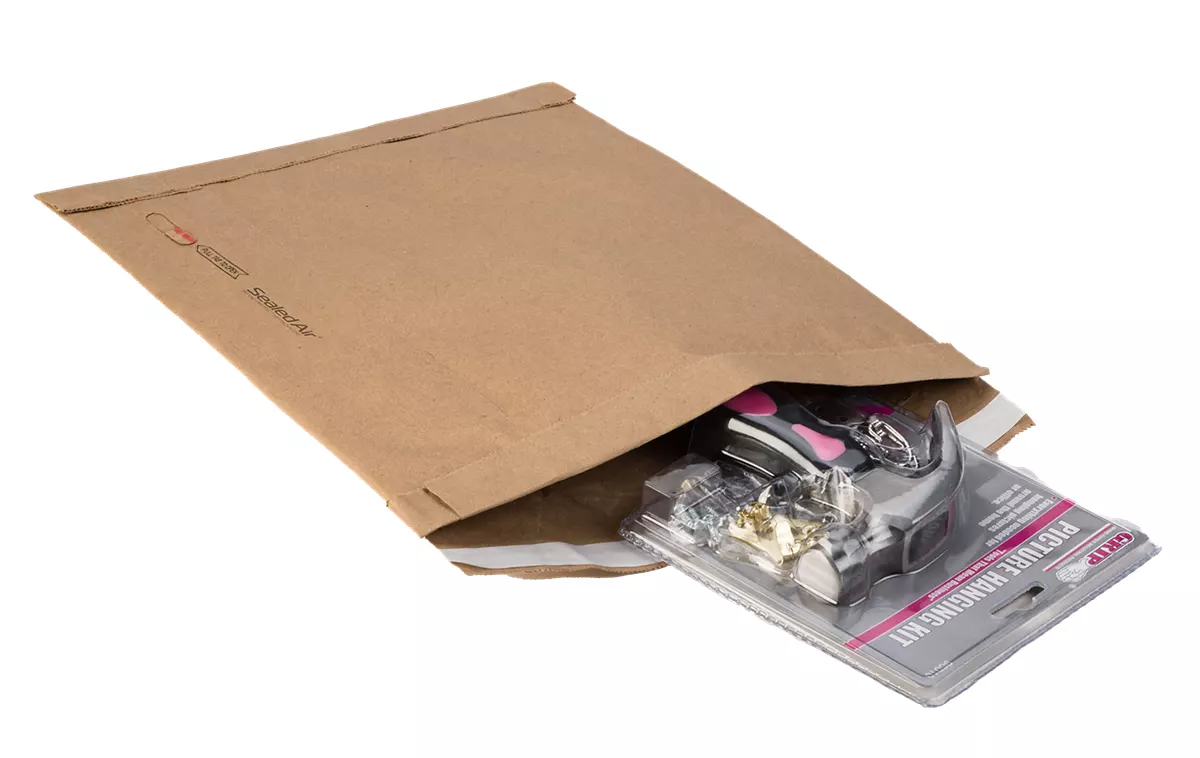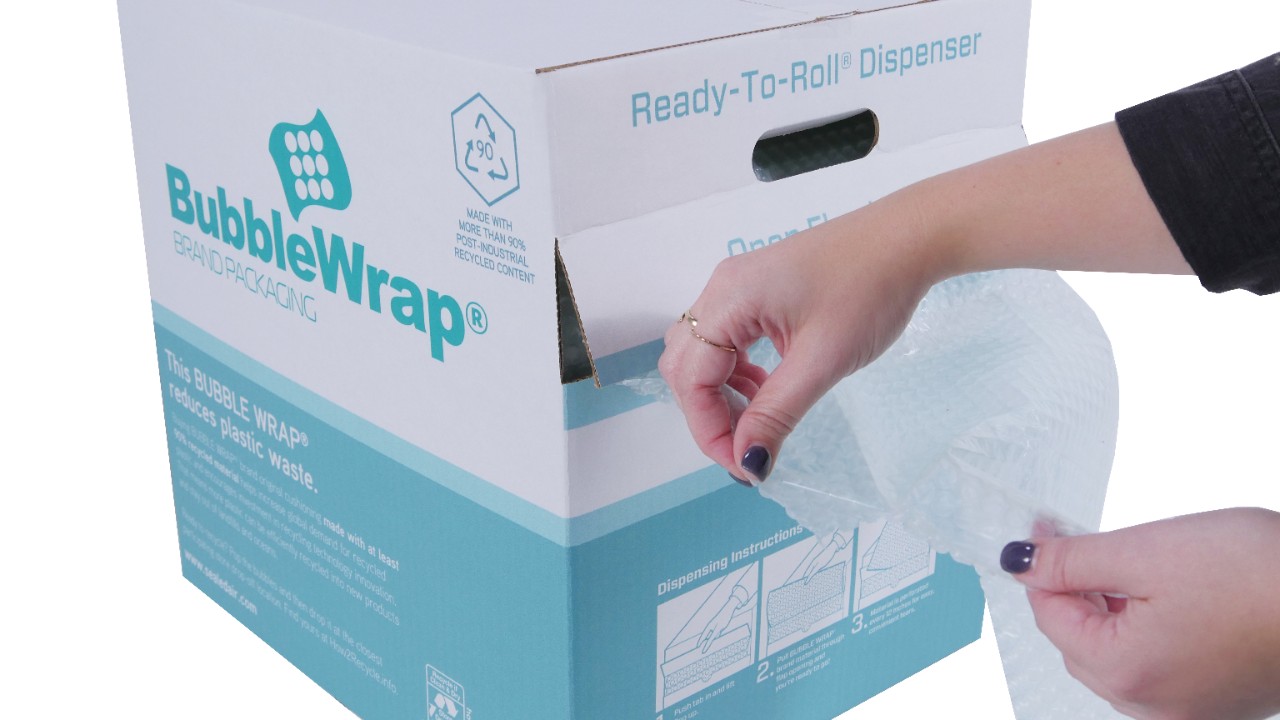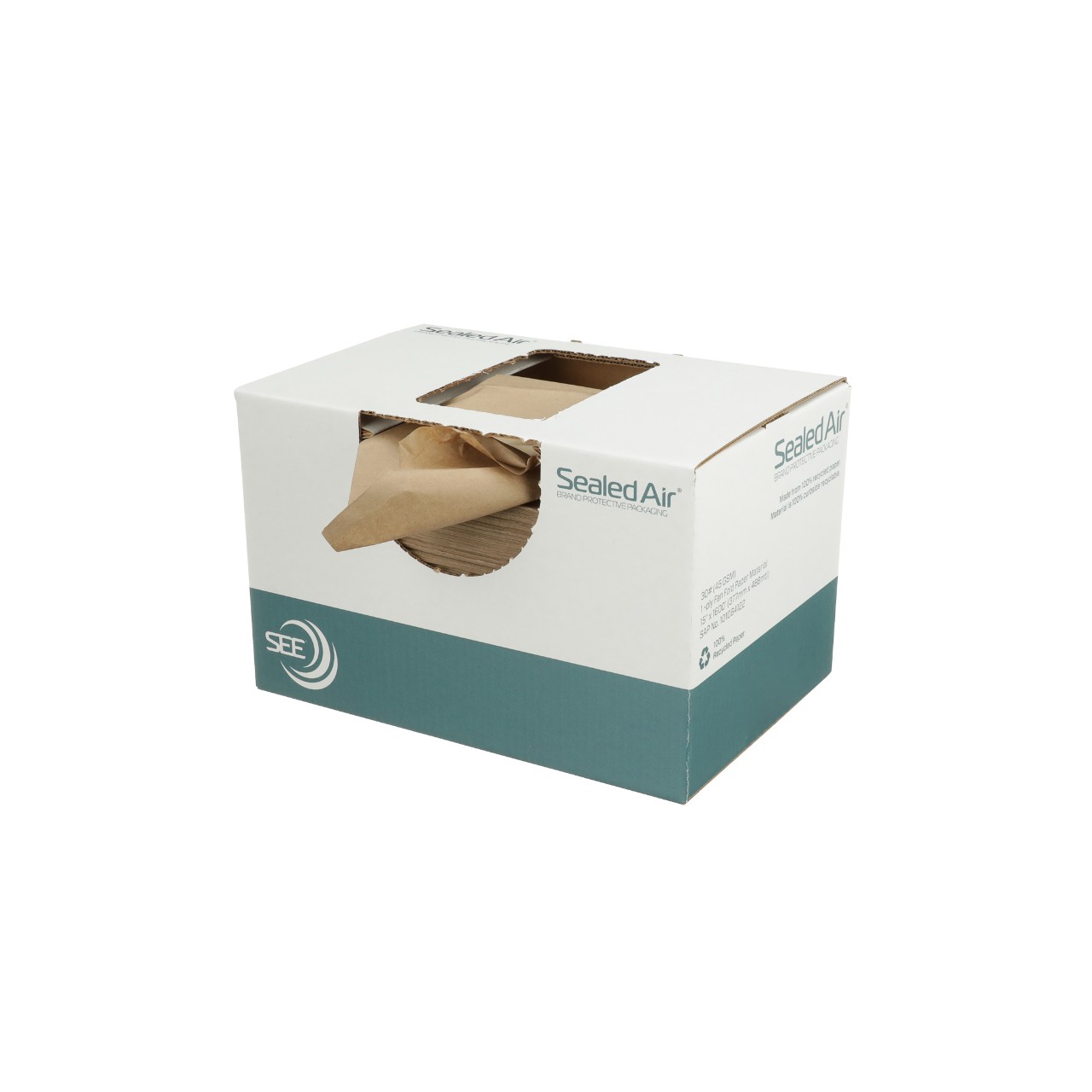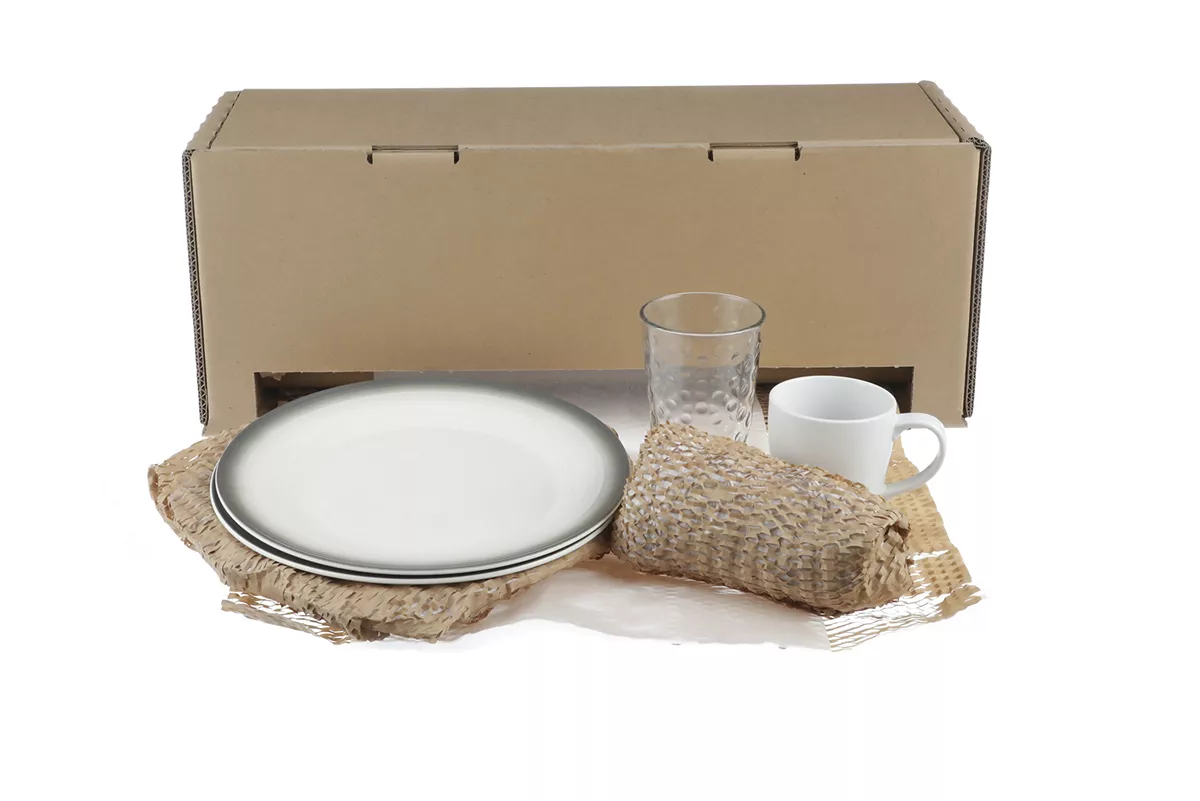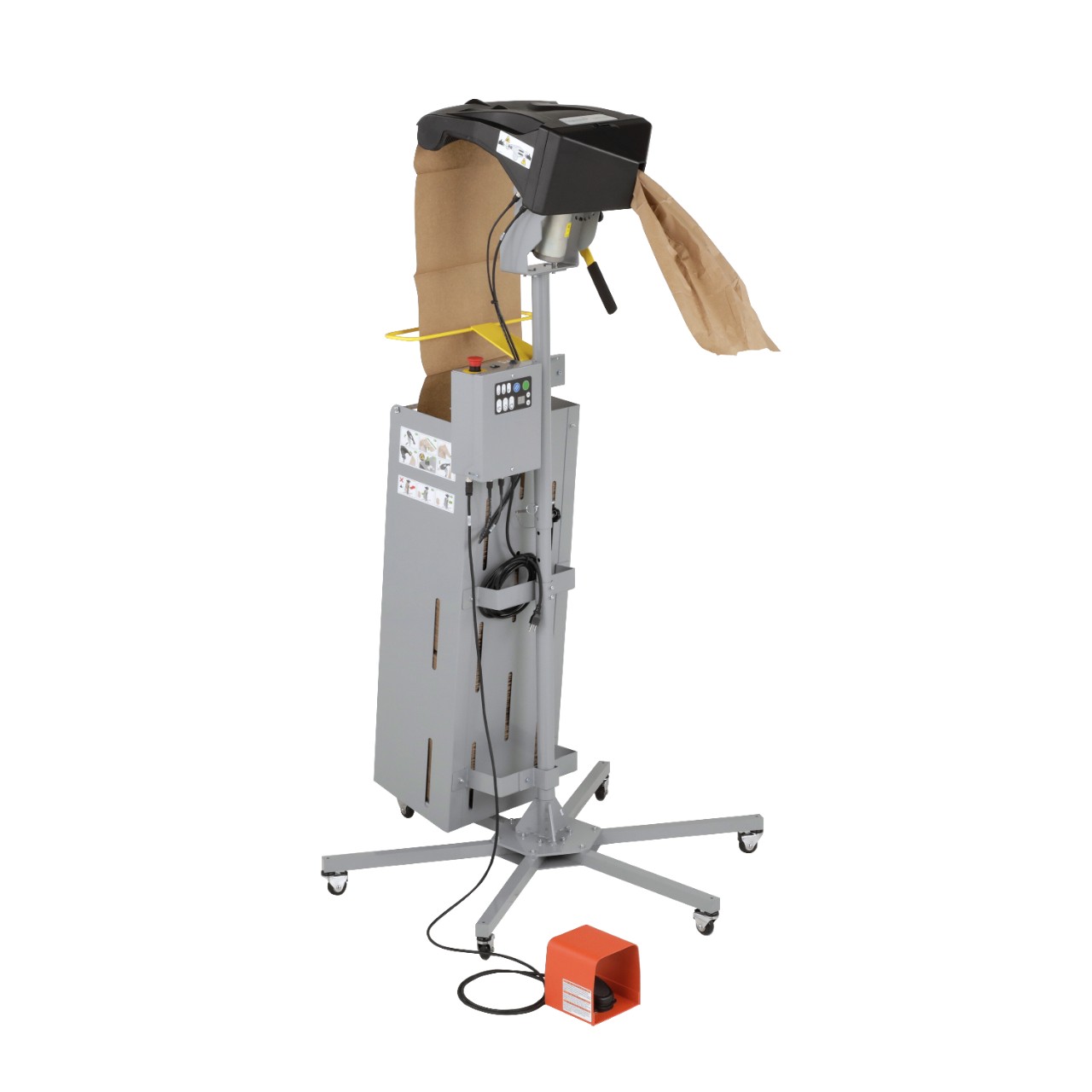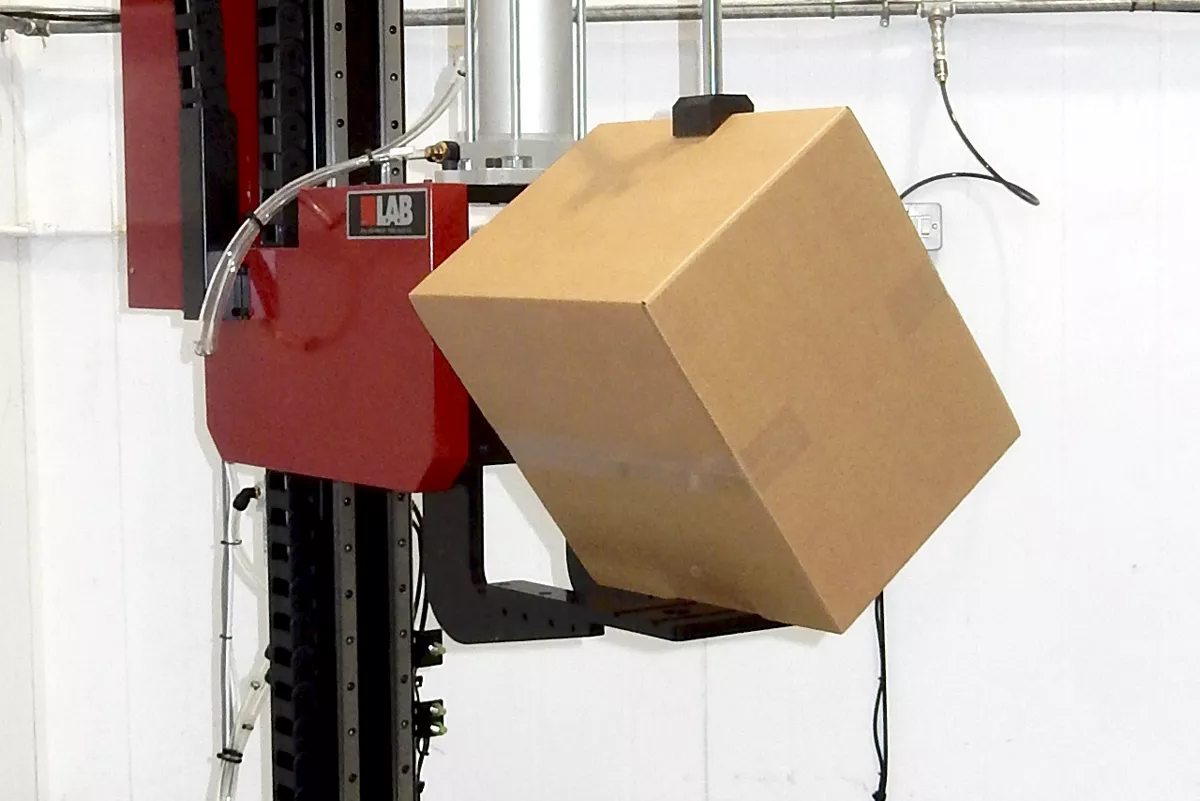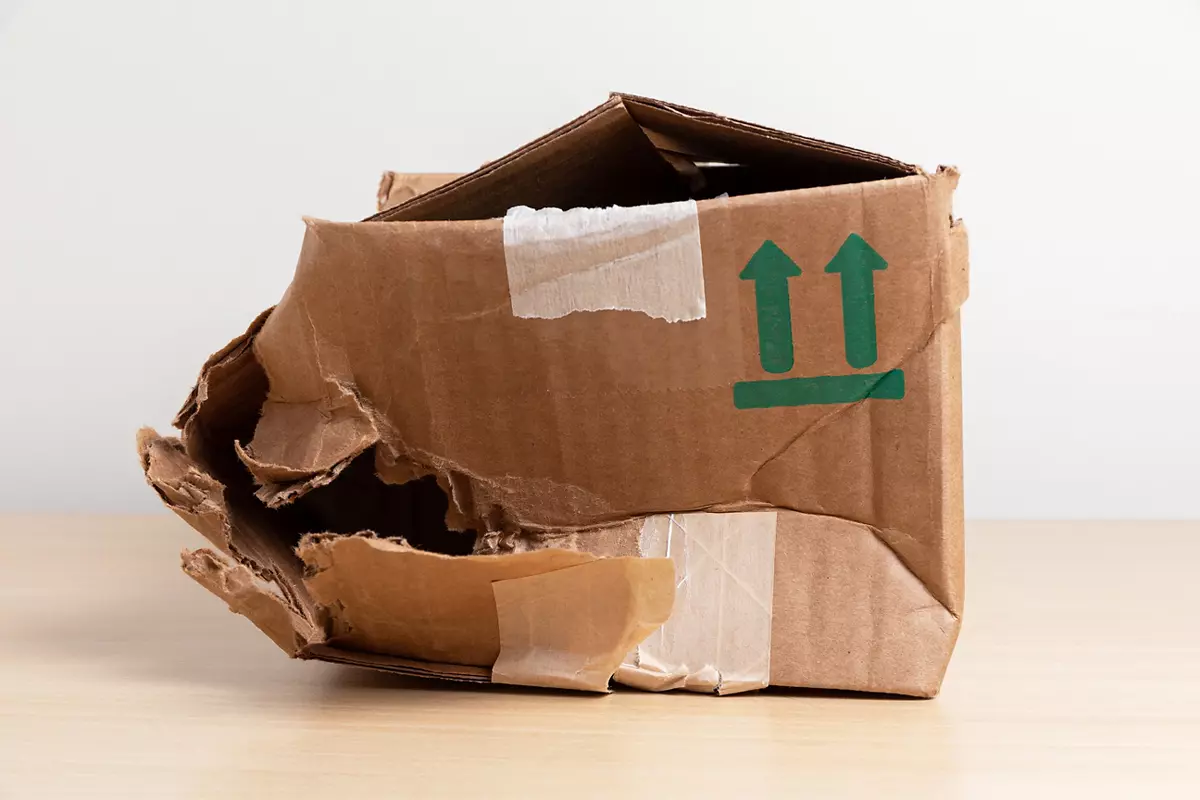Select a Language
Europe, Middle East, Africa (EMEA)
Asia Pacific (APAC)
Americas (AM)
Main Menu
Explore Our Products
Food Packaging
Protective Packaging
- Automated Mailer Bags and Pouches
- Bubble Bags
- Bubble Bundles
- Fabricated Foams
- Flooring Underlayment
- Instapak® Foam Packaging
- Korrvu® Suspension and Retention
- Mailers
- On-Demand Inflatables
- Paper Void Fill Solutions
- Paper Wrapping Solutions
- Recycled Bubble
- Shrink Films
- Surface Protection Foams
- Temperature Assurance Bags and PUR
Food Equipment
Protective Equipment
Main Menu
Explore Our Resources
Main Menu
Explore Sustainability
Main Menu
Explore Our Company
Main Menu
Explore Our Services
AUTOBAG® Services and Support
- Advanced Customer Training
- AUTOBAG® Product Resource Library
- AutoLabel Software Tools and Support
- Customer Service
- Custom Bagging Machine Applications
- Custom Engineering and Integrated Systems
- Factory Service Repair Center
- Field Service and Preventive Maintenance
- Financing and Payment Options
- Graphics, Art & Imaging for Custom Branded Bag Packaging
- Systems Advantage: The Total Systems Approach to Bag Packaging
- Technical Phone Support

